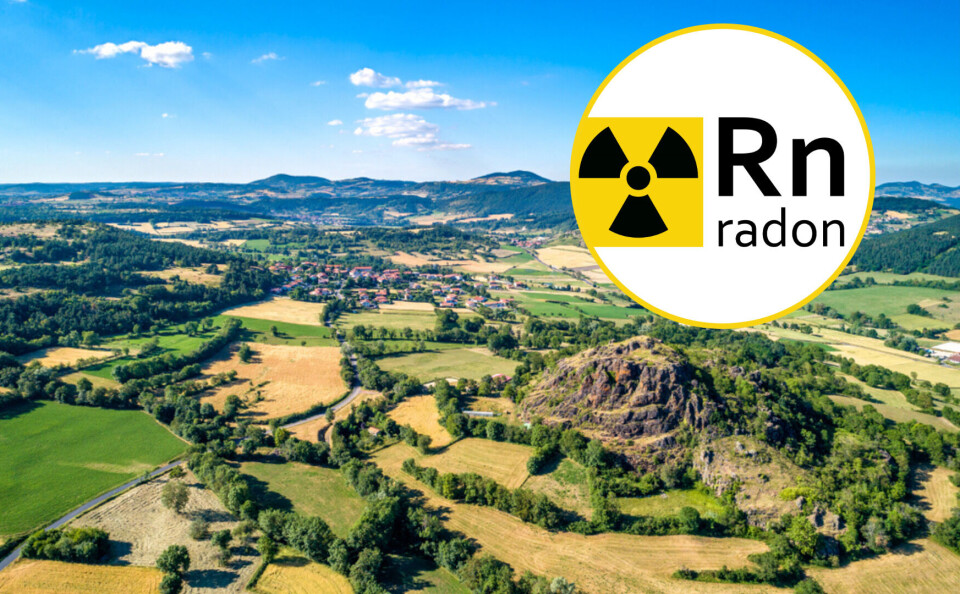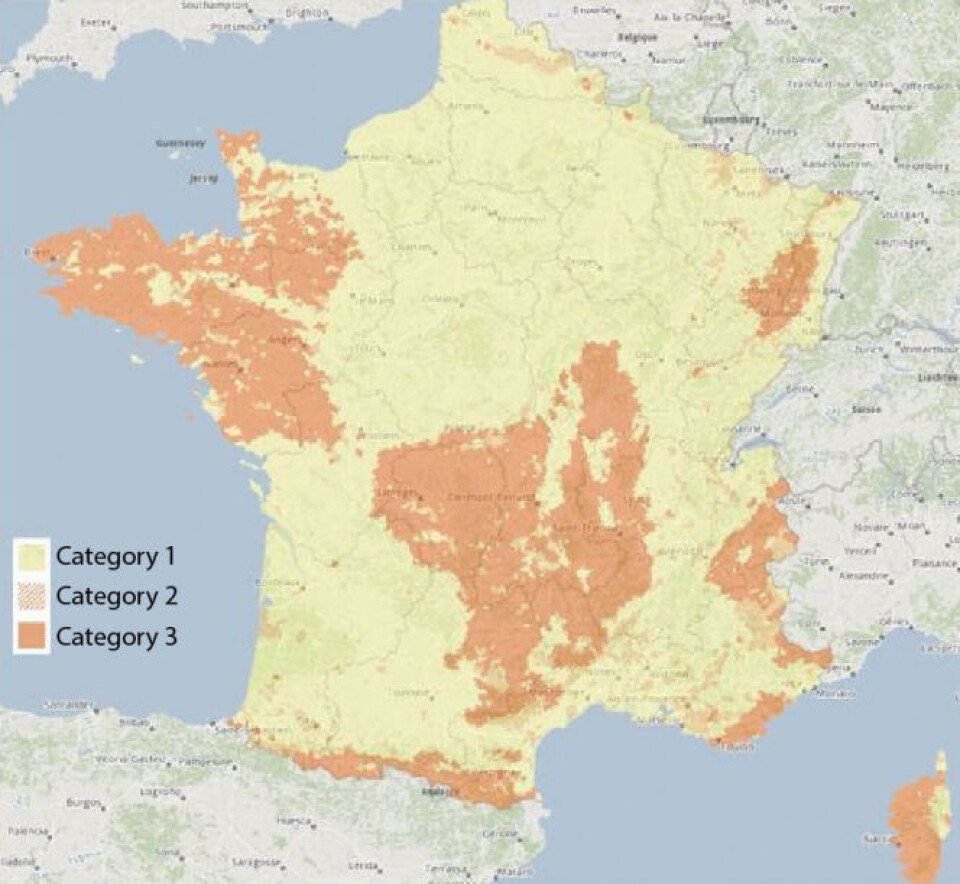-
Burglaries, scams, and climate change: what to be aware of when insuring a home in France
Some regions in France are more susceptible to burglary than others
-
Conversation with Sir Ridley Scott about his Provençal paradise
The acclaimed British film director talks exclusively to The Connexion about his Vaucluse home, the wine he makes there and how French history has inspired his work
-
Why are pancreatic cancer cases rising sharply in France?
A record 15,991 cases were confirmed in 2023, and France is the fourth-most affected country worldwide
Radon gas in France: where is this and how dangerous is it?
Produced from the natural decay of uranium, it is the second leading cause of lung cancer

Radon - a radioactive gas produced from the natural decay of uranium - is the second leading cause of lung cancer after smoking in France.
We look at which areas of the country are most affected and what you can do to minimise its impact on your health.
Around 10% of lung cancer deaths, or 3,000 cases a year, are attributable to radon gas, according to a 2018 study by the French nuclear safety agency IRSN, which found that the gas multiplies the lung cancer risk for smokers “by a factor of 20”.
Radon gas is a natural phenomenon and is present throughout the world. It is generated from all rock and groundwater that contain, or have been in contact, with uranium. The gas then rises to the surface where it accumulates in buildings. It is most commonly found in areas of France where granite bedrock is close to the surface.
In well ventilated areas, or in the open air, radon is relatively harmless. Only long-term exposure at high concentrations raises a significant cancer risk.
However, there are ways to manage the problem in areas where radon gas levels are high.
Which areas have high levels of radon?
The IRSN geological survey shows that the Massif Central and north-west of France have the highest concentrations of radon gas generating rock.
This was confirmed by a joint study by the IRSN and the Health Ministry conducted between 1982 and 2003 measuring the ionising radiation generated by radon gas inside 10,000 buildings around France in becquerel per metre cube (Bq/m³).
While the study found that the national average level was 90 Bq/m³, there were significant differences from one region to another, and even within each department.
In Paris, the average was 24 Bq/m³, while in Lozère it was 264 Bq/m³.
The World Health Organization (WHO) recommends that countries adopt reference levels for safe exposure to the gas of 100 Bq/m³.
However, the IRSN studies suggest it takes around 30 years at a level of 200 Bq/m³ before exposure becomes ‘significant’.
The IRSN drew up a map based on its study, placing communes in three categories for radon gas exposure:
- Category 1 - low risk
- Category 2 - moderate risk
- Category 3 - high risk
If a home is in a Category 3 area, it must be indicated on the état des risques et pollution (ERP) diagnostics, which advise potential buyers or renters of the pollution risks in the area.

An interactive version of this map to check the radon levels in your commune is available here
Read more: Information meeting about radon gas in houses in Dordogne
Lung cancer rates per 100,000 inhabitants between 1990 and 2018

Data gathered between 1990 and 2018 does not indicate noticeably higher levels of lung cancer in the areas with high radon gas exposure.
The weight of tobacco use remains far more influential in this regard, and as a consequence, areas with high use have far higher lung cancer rates.
How to reduce the risk of radon gas
If you are in a commune at risk, be aware that the level can vary significantly even within a commune. The age of your home, the type of foundation and the type of bedrock all play a part in how much gas seeps in.
One solution is to buy a radon detector - which can be purchased from DIY stores or from Amazon for €80.
However, since the danger of radon gas is in the long-term exposure to high concentrations, ventilating your home should solve the problem, even in at-risk areas.
The Autorité de sûreté nucléaire (ASN) recommends that people leave their window open for 10 minutes a day, both in winter and in summer, or install a mechanical ventilation system.
You can also help prevent the infiltration of the gas into your home by sealing the foundations or by adding ventilation to cellars.
























